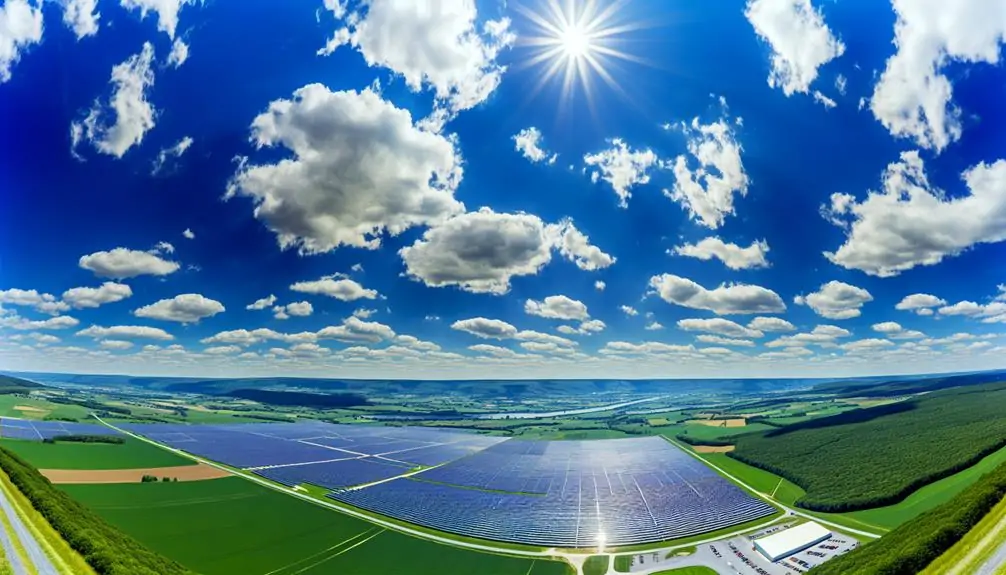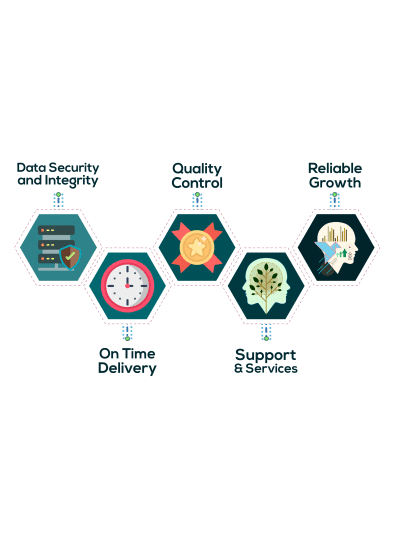
Solar Farms in PA: Harnessing Power in Pennsylvania
Could it really be true that solar farms in Pennsylvania are transforming not just the energy landscape but also the local economy? As you consider the implications of this shift, you’ll find that the benefits extend far beyond renewable energy goals. From job creation to community engagement, solar initiatives are reshaping the narrative around energy use in the state. But what exactly does this mean for future energy developments and the environment? Exploring these facets reveals a complex picture worth examining further.
Overview of Solar Energy in PA
Solar energy in Pennsylvania has gained significant traction in recent years, driven by both state policies and growing public awareness.
You’ll find that Pennsylvania has set ambitious goals for renewable resources, aiming to achieve 18% of its electricity from renewable sources by 2023. This push for solar energy aligns with broader initiatives to enhance energy efficiency across the state.
Policies like the Alternative Energy Portfolio Standards encourage solar installations, making it more accessible for homeowners and businesses. Furthermore, various incentives, including tax credits and grants, lower the cost of adopting solar technologies.
Economic Benefits of Solar Farms
Frequently, the economic benefits of solar farms extend beyond just renewable energy generation. By investing in solar infrastructure, you’re supporting significant job creation within your community. According to recent studies, every megawatt of solar energy can create approximately 5.65 jobs, contributing to local economies and reducing unemployment rates.
Additionally, solar farms generate long-term financial savings for consumers through lower electricity bills and stable energy prices. With Pennsylvania’s commitment to renewable energy policies, the state is poised to attract further investments, enhancing economic growth. The combined effect of job creation and financial savings positions solar farms as a sound economic strategy, making them not just an environmental choice but a practical financial one for you and your community.
Environmental Impact of Solar Energy
Investing in solar energy not only boosts the economy but also significantly reduces environmental impacts. By replacing fossil fuels, solar power cuts your carbon footprint, with studies showing a potential reduction of up to 80% in greenhouse gas emissions. This transition is crucial for meeting Pennsylvania’s climate goals and supports a more sustainable future.
Moreover, solar farms can enhance wildlife conservation efforts. When properly planned, these installations can provide habitats for various species, promoting biodiversity. Policies that encourage the integration of solar farms into existing agricultural landscapes can further protect ecosystems.
Solar Farm Technology Innovations
Advancements in solar farm technology are revolutionizing energy production and efficiency.
You’ll notice significant efficiency advancements in photovoltaic cells, which now convert sunlight into electricity at rates exceeding 22%. This increase not only boosts output but also improves grid integration, making it easier for solar farms to share energy with local utilities.
Moreover, innovative storage solutions, like lithium-ion batteries and pumped hydro storage, ensure that excess energy is saved for later use, addressing the intermittency of solar power.
Enhanced maintenance practices, utilizing drones and AI analytics, allow for predictive maintenance, further reducing downtime and costs.
Collectively, these innovations are shaping a more reliable and efficient solar energy landscape in Pennsylvania, driving policy shifts towards sustainable energy goals.
Local Community Involvement
How can local communities effectively engage with solar farms to maximize benefits?
First, fostering community engagement is essential. Organizing informational forums can help residents understand the economic and environmental advantages of solar energy. Data shows that communities with robust outreach programs see a 30% increase in local support for solar initiatives.
Additionally, consider creating volunteer opportunities for residents to participate in clean-up days, educational workshops, or even installation support. These activities not only build camaraderie but also enhance local ownership of solar projects.
Collaborating with local governments to develop policies that incentivize solar investment can further strengthen community ties. By actively participating, you’ll ensure that solar farms deliver sustainable benefits, economically and socially, to your community.
Future of Solar Energy in Pennsylvania
As Pennsylvania looks toward the next decade, the potential for solar energy to play a pivotal role in the state’s energy landscape is clearer than ever. With government incentives aimed at increasing solar adoption, you can expect significant growth in both residential and commercial installations. These policies not only lower initial costs but also encourage innovation in energy storage solutions.
As technology advances, efficient battery systems will enable you to store excess energy generated during sunny days for use during peak demand times. This dual focus on incentives and energy storage will enhance grid resilience and reduce reliance on fossil fuels, positioning Pennsylvania as a leader in sustainable energy. Ultimately, embracing these developments can help you contribute to a cleaner, more sustainable future.
Conclusion
As Pennsylvania embraces solar energy, you’re witnessing a powerful transformation akin to a sunrise breaking through the clouds. The economic benefits, from job creation to reduced electricity costs, illuminate the path forward, while the environmental impact paints a greener landscape. Technological advancements and community engagement act as sturdy scaffolding, supporting this structure of clean energy. With supportive policies in place, the future of solar farms in PA or Pennsylvania looks bright, promising a sustainable and prosperous horizon for all.



